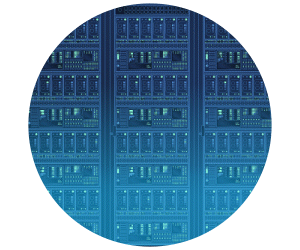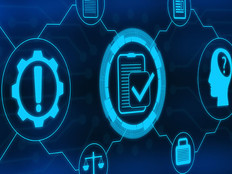How Do RPA, AI and Intelligent Automation Differ?
While RPA, AI and intelligent automation are all powerful tools, they offer different capabilities. For state and local agencies looking to dial back the hands-on work needed to keep data centers humming along, it’s important to understand the differences.
RPA is the entry-level approach. It typically involves “using software robots or bots to automate a repetitive task,” says Francisco Ramirez, Red Hat’s chief architect of state and local government.
“RPA can mimic human actions by following rules-based tasks. That would be used to improve organizational efficiency and reduce errors in manual processes — tasks that follow very specific rules and rarely deviate from them,” says Jamia McDonald, principal of the government and public services practice at Deloitte.
AI, by comparison, “can learn and improve and provide net new output,” she says.
This makes AI “a little bit more involved,” Ramirez says. “It’s the development of algorithms that enable the machines to perform tasks that typically require human intelligence. That’ll include things like machine learning and natural language processing.”
Intelligent automation is the next evolution, he says. “It uses automation technologies such as AI and RPA together to streamline and scale decision-making across organizations.”
How Can State and Local Agencies Best Use RPI and AI?
Given the different capabilities of each tool, it’s logical to consider them individually for specific use cases within the broader data center automation effort.
“You would probably incorporate RPA in automated monitoring and alerts. You could also look at routine maintenance tasks — backups, data transfer, system updates — because RPA works well with structured data,” Ramirez says. “When you’re monitoring server health and network performance, that data is normally in a tabular format somewhere, and you can help generate alerts based on that. It’s very structured data.”
To support data center security, RPA could be programmed to look for a known threat.
“It would say: We see people log in to this system and try to get into this system,” McDonald says. In addition, “you might use an RPA to monitor system health if you have a certain server serving a specific program. If there’s a peak season for a government application, RPA can ensure that the servers and system maintain their capability during that peak so there’s no interruption of service.”
With a more sophisticated AI toolset, “you would look at predictive analytics, analyzing historical data to foresee potential issues in the data center,” Ramirez says. “You could do dynamic resource allocation, looking at real-time demand and determining where the most efficient use of computing power storage and network resources will be.”











